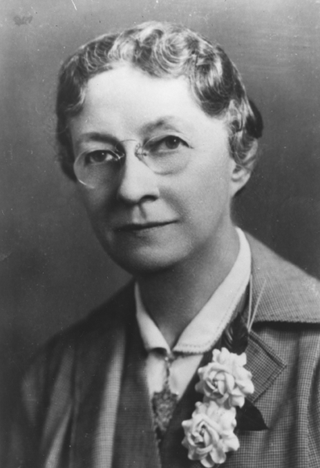
Notable Women in Agriculture
Around 12,000 years ago our hunter-gatherer ancestors began farming, providing themselves with a larger and more easily accessible food source. The first tenders to these crops would have been men and women, working together to ensure the availability of their food. Since then, we have learned about famous and influential male farmers such as George Washington Carver and his peanuts and healthy crop rotations, or Gregor Mendel, the 19th century monk who planted peas and discovered dominant and recessive genes. While these and many other men have changed the way we look at agriculture and its science, many women have also played important roles in the industry.
Have you ever wondered how we are able to enjoy dairy products or eggs from far away states without the risk of illness or spoiled food? You can thank Dr. Mary Engle Pennington (photo above) for her work in food safety and preservation. Nicknamed “The Ice Woman”, this chemist and engineer developed methods for transporting food while maintaining low temperatures in order to keep harmful bacteria at bay. Her knowledge and research gained her a position on President Hoover’s Food Administration, the USDA, and the FDA.
Irrigation and water conservation have been used in farming starting with the ancient Egyptians in 6000 BCE. When Harriet Williams Russell Strong’s husband died, she was left to manage their walnut farm while raising her young children. She sought ways to water the trees. She patented inventions and methods of irrigation and water conservation and eventually became the leading commercial grower of walnuts in the United States. She also advocated for women’s rights and education and gained fame as an inventor, agricultural pioneer, civic leader, philanthropist and advocate for women.
Local women were a huge help to farms. In the 1940s, Albert and Emma Staiger established their strawberry farm outside of Billings. As the years went on, they grew to have an award-winning dairy farm, and grow a variety of crops to feed the cattle. Albert handled the manual labor of the farm and Emma took care of the bookkeeping, sales, purchases, and negotiations. Records from their farm are on display in our temporary exhibit Deeply Rooted. Special thanks to another great source of animal feed and sponsor of this exhibit, Earlybird Feed and Fertilizer.
Written by Meg Pearson, 2022.
Sources:
Photo of Dr. Mary Engle Pennington courtesy of the National Women’s Hall of Fame. https://www.womenofthehall.org/inductee/mary-engle-pennington/
Vilhauer, Lacey, and Smithsonian Institution Archives. “A Woman’s Touch: Celebrating the Women of Agriculture’s History.” High Plains Journal, December 7, 2021. https://www.hpj.com/ag_news/a-woman-s-touch-celebrating-the-women-of-agriculture-s-history/article_a4000338-4cb8-11ec-822a-d34a20a13d9c.html.
Aller, Posted by Lakisha, Brian Harper, Bramwel Waswa Wanjala, Nuné, Stacy Matthews Branch, and Anabela Manhica. “Wonder Women of Agriculture.” USDA, August 2, 2021. https://www.usda.gov/media/blog/2018/03/27/wonder-women-agriculture.